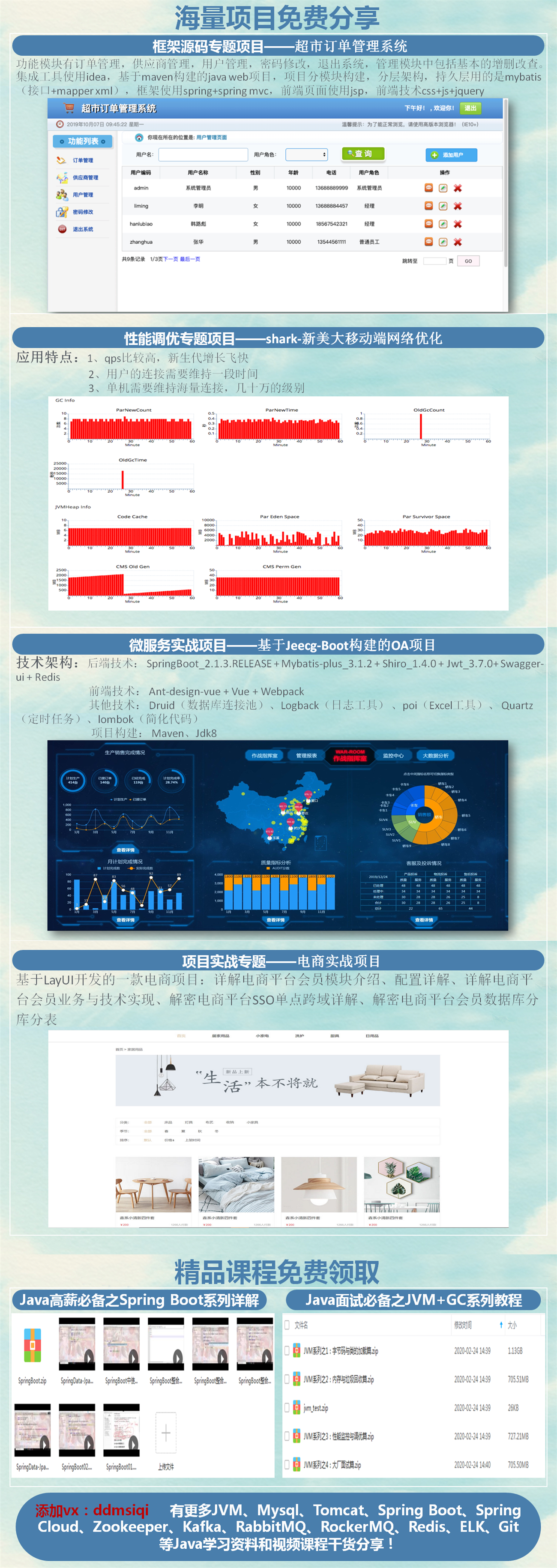在本文中,我将如何在外部Tomcat上运行Spring Boot应用程序。对我来说,这是一个现实的场景,我必须解决这个问题,因此也请教了一下优锐课老师,得到了很多帮助。也希望当你遇到类似问题时,能为你提供一些有用的信息。
让我们看看从头开始一个项目时可能会遇到的一些常见问题。
Spring Boot启动方法
使用Spring Boot的主要优点之一是可以使用内置的嵌入式Tomcat轻松设置Web应用程序。默认情况下,自动配置器使用Tomcat设置你的项目。你只需点击运行按钮,你的Web服务器就会启动你的应用程序。在application.yaml或属性文件中,你可以像下面这样轻松地配置此Tomcat服务器:
1 server: 2 port: 9091 //set the port number of our running application 3 servlet: 4 context-path: /springapplication /set the context path of our application
要运行我们的应用程序,我们只需要一个主方法:
1 @SpringBootApplication 2 public class App 3 { 4 public static void main( String[] args ) 5 { 6 SpringApplication.run(App.class, args); 7 } 8 }

外部Tomcat的问题
可以期望应用程序在外部Tomcat服务器上运行。通常,它的发生是由于运营基础架构。此时,出现了一些问题。你的Spring Boot应用程序不会仅仅通过将其部署到网络服务器来启动。有以下几个原因:
- 默认情况下,Spring Boot创建一个.jar文件作为输出。Tomcat需要一个.war文件。
- 在Tomcat环境中,你不想使用嵌入式服务器。
- Tomcat服务器不会使用你的主要方法。因此,你需要以普通的Spring应用程序启动你的应用程序。
Spring Boot是一项尖端技术,主要支持在容器化环境中运行。如果你想以标准方式操作应用程序,该怎么办?
首先,你可以返回通常不想要的本机Spring。其次,你可以进行一些修改,以使你的应用程序准备在老式Tomcat服务器上运行。 所以,我会告诉你如何。

使用外部Tomcat运行Spring Boot
首先,你需要在pom.xml中进行一些修改:
为artifact设置war packaging:
1 <packaging>war</packaging>
设置Tomcat服务器依赖项以提供:
1 <dependency> 2 <groupId>org.springframework.boot</groupId> 3 <artifactId>spring-boot-starter-tomcat</artifactId> 4 <scope>provided</scope> 5 </dependency>
如果你的某些Spring Boot库默认包含它,请排除它:
1 <dependency> 2 <groupId>org.springframework.boot</groupId> 3 <artifactId>spring-boot-starter-web</artifactId> 4 <exclusions> 5 <exclusion> 6 <groupId>org.springframework.boot</groupId> 7 <artifactId>spring-boot-starter-tomcat</artifactId> 8 </exclusion> 9 </exclusions> 10 </dependency>
1 @SpringBootApplication 2 public class App extends SpringBootServletInitializer 3 { 4 public static void main( String[] args ) 5 { 6 SpringApplication.run(App.class, args); 7 } 8 }
SpringBootServerInitializer类执行以下操作(从原始类头中获取):
1 * An opinionated {@link WebApplicationInitializer} to run a {@link SpringApplication} from a traditional WAR deployment. Binds {@link Servlet}, {@link Filter} and {@link ServletContextInitializer} beans from the application context to the server. 2 * To configure the application either override the {@link #configure(SpringApplicationBuilder)} method (calling {@link SpringApplicationBuilder#sources(Class...)}) or make the initializer itself a {@code @Configuration}. If you are using {@link SpringBootServletInitializer} in combination with other {@link WebApplicationInitializer WebApplicationInitializers} you might also want to add an {@code @Ordered} annotation to configure a specific startup order. 3 * Note that a WebApplicationInitializer is only needed if you are building a war file and deploying it. If you prefer to run an embedded web server then you won't need this at all.
完成这些修改后,你将能够从传统的war部署中运行你的应用程序。

Tomcat上的Spring Boot App的外部配置
通常可以从IT部门可以轻松处理它的外部来源读取配置文件。
为此,你需要在主类中覆盖上述类中的configure方法。
在下面的示例中,我带来了一个实时示例。在这里,我需要从环境变量中读取配置路径。他们在Tomcat的服务器setenv.sh文件中进行设置。
1 @Override 2 protected SpringApplicationBuilder configure(SpringApplicationBuilder application) { 3 String configLocation = System.getProperty("global.appconf.dir"); //get the default config directory location 4 String configPath = configLocation + File.separator + "springApplication" + File.separator + "application.yml"; //set the configpath of this application instance exclusively 5 log.info("Configpath: " + configPath); 6 log.info("Starting to run Spring boot app..."); 7 if(configLocation != null && !configLocation.isEmpty()) { 8 Properties props = new Properties(); 9 props.setProperty("spring.config.location", configPath); //set the config file to use 10 application.application().setDefaultProperties(props); 11 }else{ 12 log.info("No global.appconf.dir property found, starting with default on classpath"); 13 } 14 return application.sources(SpringApplication.class); 15 }
请注意,在外部Tomcat上运行时,配置文件中服务器节点下的设置不会生效。这些属性仅影响嵌入式Tomcat。





